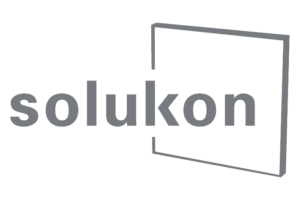Use Case: Automated depowdering in the medical technology sector
It’s not just in the aerospace sector and other sectors that manufacture particularly complex parts using additive processes that demand for automated depowdering is increasing. More and more companies in the medical technology sector require automated solutions – the need for full transparency, certification and occupational health and safety are the essential motivating forces.
The use case of PETER BREHM, a Solukon customer, shows how automated depowdering can increase efficiency in the medical technology sector. PETER BREHM GmbH, a company with operations around the globe, specializes in hip and knee endoprosthetics and spinal surgery. Using the laser melting process, PETER BREHM manufactures hip cup replacements that are automatically depowdered in an SFM-AT350 made by Solukon.

Facts & figures about the application and depowdering process
| Build plate dimensions | ⌀ 300 x 200 mm |
| Printer | TruPrint 3000 |
| Material | TiAl6V4 |
| Application | hip cup replacement |
| Structure / Surface | chaotically arranged lattice structure |
| Duration of automated depowdering | 30 min |
| Depowdering system | SFM-AT350 with a high-frequency knocker, DFT and OPC UA |
| Mode used | automatic mode |
The depowdering process for medical parts at PETER BREHM
After the printing process, a vacuum cleaner removes the powder cake and clamping hooks are used to secure the build job in the SFM-AT350. Since titanium alloy is a reactive material, the SFM-AT350 is first inerted. Due to the optimized volume, the chamber of the SFM-AT350 is filled with protective gas within minutes and the depowdering process can start. Programmable 2-axis rotation and systematic vibration in accordance with SPR® technology ensure that the powder behaves like a liquid and flows out of the lattice structures. Very fine pores in the lattice structures pose a special challenge when depowdering this application, since residual powder remains in them. The high-frequency knocker built into the SFM-AT350 is used for such structures: it uses a range of frequencies to knock off or detach the residual powder. After around 30 minutes, the entire build job is depowdered.

Depowdering of the revision acetabular cups MRS-TITAN® Standard | MRS-TITAN® Maximum in a Solukon SFM-AT350.
Full transparency with automated depowdering
The unique Digital-Factory-Tool (DFT) tracks key data, allowing PETER BREHM to have full transparency throughout the depowdering process. For example, the DFT provides information on the frequency range of the high-frequency knocker and monitors the residual oxygen. The system immediately stops if it hits an upper or lower limit value. At the end of the process, all the data recorded in the DFT is available in a report.
Why is Solukon the right partner for depowdering?
The technology from Solukon makes a decisive contribution to occupational health and safety at PETER BREHM, since the build jobs are clean and workers do not come into contact with residual powder. Florian Nowak, an employee in the Additive Manufacturing department, sums up why PETER BREHM relies on Solukon: “The SFM-AT350 and its digital features in particular have enormously simplified depowdering. In addition, we are faster and more reliable than we are during manual processes. Convenient, simple process monitoring via the Digital-Factory-Tool was a key factor in our decision to go with a Solukon system. The SFM-AT350 is low-maintenance and ultra-high quality – we would definitely recommend the SFM-AT350 to other additive manufacturers.
You can watch a video about the use case here:



Leave a Reply
Want to join the discussion?Feel free to contribute!